Ecology #5 [ revolution ] did u know, social and cultural change takes place quickly
as a student, I always do simple research that can help my knowledge and science lovers all over the world. in this post I am reviewing an important topic in Ecology science, with specifications about the Revolution or social and cultural changes that occur without us knowing it.
in the previous post I also present on the topic of evolution, these two topics have similarities and also the differences as I described in Ecology#4-evolution.
- evolution is a gradual change without a planned and unnecessary alignment with the existing events
- revolution is a planned change on the basis of mutual desire.
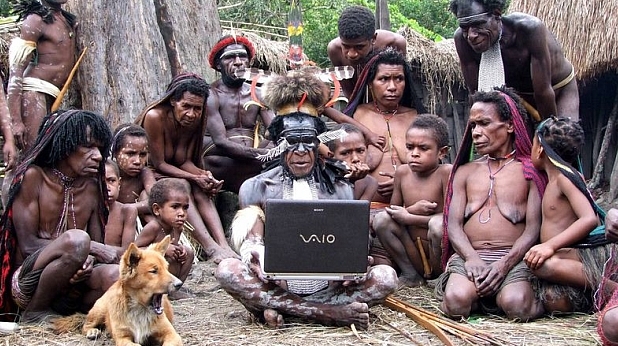
Changes and dynamics are a very essential feature of society and culture. It is a fact that change is a phenomenon that always colored the history of every society and culture. Every society always undergoes a transformation, so that no one society has the same portrait in different times, both traditional society and modern society.
William F. Ogburn "social changes include the elements of culture both material and immaterial that is emphasized is the influence of the major elements of material culture to elements
immaterial."

Kingsley Davis "changes that occur in the structure and function of society. The emergence of workers' organiza- tion in capitalist societies has led to a change in relations between workers and employers causing changes in economic and political organizations."
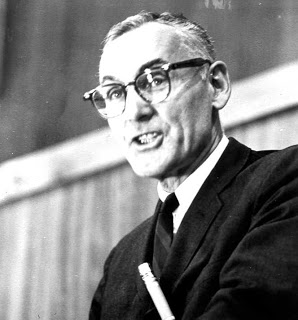
To know the occurrence of changes in society, knowledge will need to be related to what caused the change. Sometimes the changes in society are made consciously by society, but there are also unconscious changes. Changes occur for a variety of reasons.
For example a cultural product that is no longer functioning (broken), need renewal (outdated), to reveal productivity, and so forth. Because it must adjust to other factors that have undergone changes first.
From several factors causing the change, here are some factors that cause change.
Geographical Factors
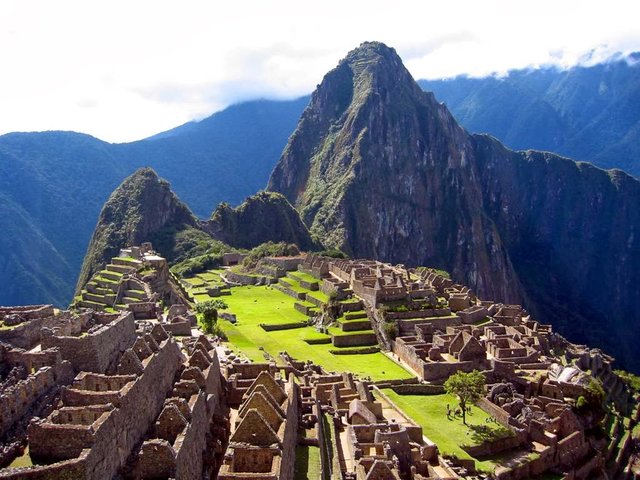
These factors include the physical environment, the natural environment. Physical factors such as geographical location will affect the change. In areas that are difficult to reach, changes will be very slow because cultural contacts will be limited. That means that cultural change is related to the natural environment. Many ancient buildings became physically altered due to temperature factors including weather conditions. Temple building for example will quickly overgrown with moss when the temperature is moist.
Technological Factors

This factor is related to a new discovery from the community. New discoveries that occur in society can be in the form of 2 kinds of discovery (invention) and invention (accepted or applied).
Discovery is a new discovery both in the form of tools (physical) and ideas (non-physical). For example a grain milling machine that produces rice.
Invention is that if the public has acknowledged, accepted and applied the new discovery. The community accepted the grinding process so that it left the old way by pounding rice. People used to plow rice fields with the help of cows, but now use hand tractors.
Thus discovery becomes invention, although it takes a long time to process the adaptation.
Population
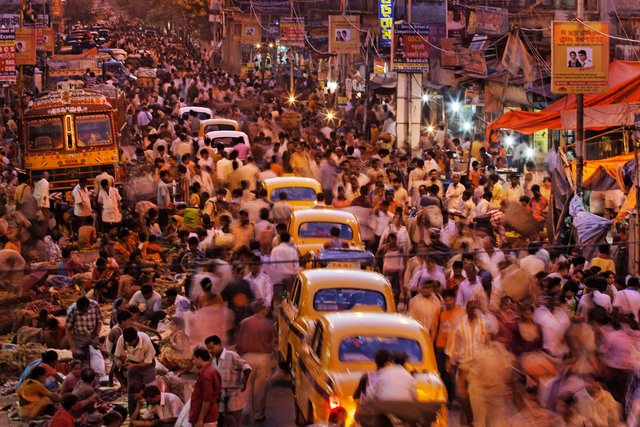
Rapid population growth resulted in several changes. For example, community structures and community institutions. A new village emerged with a hiterogical population. In the new housing complex, live in a plural society because they come from different regions, ethnicities, religions. Have you ever heard of transmigrant communities? The Indonesian government tries to create equal distribution of population and welfare. Therefore, the resettlement is transmigrated. Densely populated areas such as Java, Bali were moved to Kalimantan, Sulawesi, Sumatra and Papua. The transmingran battles emerged. Gradually there was a mixture of cultural values of migrant communities with indigenous peoples. Mixing is called the process of cultural acculturation.
Cultural acculturation is a phenomenon that arises if groups of people of different cultures meet and make contact. Contacts can take place directly and continuously. As a result there is a change in the original cultural pattern from one group or both. The process of acculturation arises when a certain culture is confronted with elements of a different foreign culture.
The element of foreign culture is slowly accepted and processed into its own culture, without causing the loss of personality of its own culture.
- Lack of relationships with other communities
- The slow development of science and technology
- The attitude of people who are still very traditional
- Negative prejudice to new or alien or closed (exclusive) attitudes.
Every socio-cultural change always includes three ideas :
First is the difference.
Second the difference is related to the time "past, present, and future".
Third about the state of society.
Socio-cultural change is a change in behavior patterns, social relationships, institutions, and social structures at any given time. There are factors causing and supporting social change. Factors such as geographical factors, technology and population.
Forms of change that can occur, changes that occur quickly and slowly, changes that have little effect and great influence, desired and undesirable changes, Community behavior in responding to change will accept if the change is beneficial (society feels the need, change it can be understood and controlled, benefiting society, not destroying prestige, encouraging to improve the standard of living, not contradicting the existing values of society) and refusing to disadvantage (using new things will be punished by society, the discovery of both material and non material difficult to integrate in the cultural pattern in which the changes arise, inhibit the development of science and technology, contrary to the values held by society).
If you Enjoyed this article feel free to check out some of my previous editions of Ecology.
Ecology#1[ Introduction to ecology ]
Ecology#2[ the interaction of organisms with the environment ]
Ecology#3[adattamento di organismi]
FOLLOW @rabo
Garna, Yudistira, K. 1992. Teori-teori Perubahan Sosial. Bandung: Program Pascasarjana Universitas Pajajaran. 1-2.
(IUCN), 2011, International Union for the Conservation of Nature,. IUCN Red List of Threatened Species. Versi 2011
Sucoro, 2012, “Catatan Rakyat di Kaki Candi Rangkaian Duka Yang Tak Terlupakan”, Jakarta.
Ilmu Pengetahuan Sosial SMP Kelas IX, BAB V
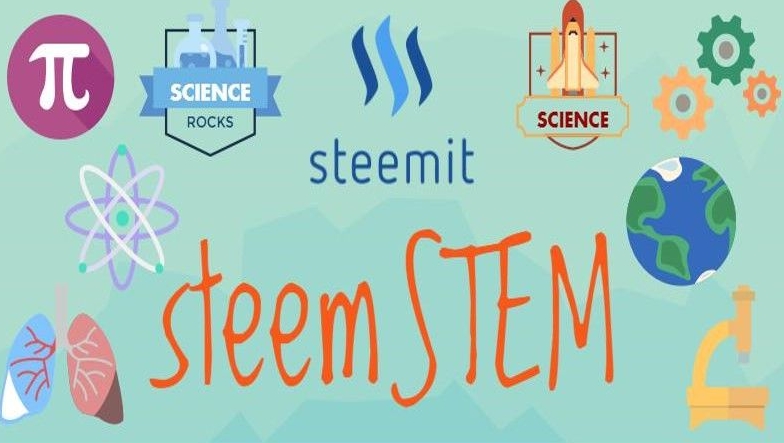

You got a 1.15% upvote from @postpromoter courtesy of @rabo!
Want to promote your posts too? Check out the Steem Bot Tracker website for more info. If you would like to support the development of @postpromoter and the bot tracker please vote for @yabapmatt for witness!